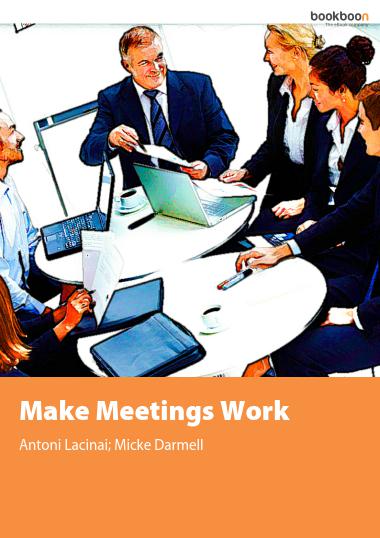Group Dynamics: Pitfalls in Meetings and How to Avoid Them

How can group dynamics ruin a supposed-to-be purposeful meeting?
Working with a group is sometimes better than working alone. There are some tasks that are impossible to accomplish with just a body and a head. There are others that can be finished at a faster phase when done in unity. Most of the time, having someone to work with will make workloads be easier to handle.
However, this is not always the case. For instance, when the group is too homogeneous, they will be sharing one point of view, one set of direction and one mindset, making less room for creativity. Another is when a group is new, making each member be unsure of each other’s experiences, qualifications, knowledge, skills and attitude. There are also problems when some members of the group are too lazy or too complacent. Indeed, there are really two sides to every coin – here is what you can do:
Group Dynamics: Avoiding the pitfalls
Here are the top three common pitfalls of group dynamics, together with the ways on how we can avoid them.
Groupthink – Everyone is thinking exactly the same way:
When a group is too homogeneous and the members think the same, there will be no room for fresh thoughts or for them to disagree. The result? Creativity and critical thinking will not be practiced most of the time. Even with good values, decision making is still at stake, especially when they are infected with strong prejudices or ingrained habits.
What to do?
Always remember: If two persons think exactly the same, one of them is unnecessary. Make your group a heterogeneous one. Mix individuals with different sex, personalities, competencies, skills, etc. This will bring out variety of ideas that will lead to better decision making.
Group Polarization – We take bigger risks in groups:
A group advice is often more risky than an individual advice. Why? It could be because each member of the group feels less personally responsible about it. Another reason can be peer pressure.
What to do?
Again, make sure your group is diversified. You can also apply Edward de Bono’s Six Thinking Hats – making someone wear the green hat of creativity for consequence analysis.
Social Loafing – Slacking off:
Imagine you are pulling a rope. The absolute maximum weight you can manage is 100 kg. You have a colleague, who is exactly as strong as you, who stands behind you and pulls the rope as well. Do you think your combined strength can manage to pull 200 kg weight? The answer is no. Even if you are six equally strong guys, you will not pull 600 kg, maybe just about 300 kg. Why? Due to misunderstandings, miscommunication and unclear roles and goals. There are also those that are simply slacking off.
What to do?
Have a clear purpose and goal. Make sure each of you really understand the direction in which you should aim your effort. Use group intelligence to solve more complex problems. Make sure everybody is contributing rather than just tagging along. If someone is slacking off too much and too often, be brave to bring it up.
Group dynamics are difficult to handle. But groups and teams are created to help each other and to fulfill tasks together with unity. Each person is important in achieving the group’s goals. Being aware of the pitfalls of group dynamics and how to overcome it can make a group be more efficient and effective during a meeting.
Get more of these tips by downloading Antoni Lacinai and Mike Darmell’s ebook Make Meetings Work.
Here is also another article regarding meetings:
